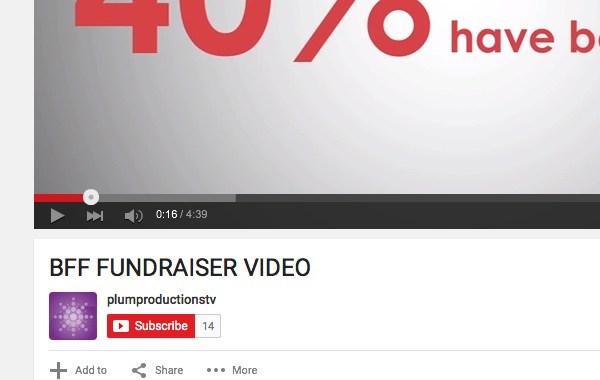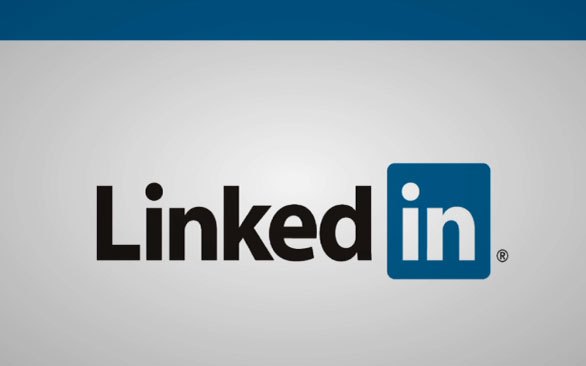How is it that in 2017 video is absolutely crushing the other forms of mediaand some still refuse to use it? I know, I knowCrazy right? Im sure youre not doing thinking these thingsbut just in case, lets go through a few reasons why its time to invest in that website video.
- Missing Out on Loyalty. First off, your customers love you, right? Right. We know this because of studies like this that tell us the probability of selling to an existing customer is somewhere between 60% to 70% (HelpScout)which is so much higher than the 5% to 10% chance of selling to a brand new customer. Since your existing customers love you, why wouldnt you give them a reason to tell others? Some clients like to create videos that are educational and entertainingmaking them shareable. By posting a video, you allow your existing customers the ability to share your greatness just remember, you dont want to sell in this video, youre showing your greatness a different way: giving information thats useful.
- Forgetting to Remove Confusion! What if you sell a product or service that is a bit more complicated? What if your product or service could easily be explained with a short video versus text? Most people are too lazy to read any more. So much so, IÔÇÖm a bit surprised youÔÇÖre reading this! Most people would prefer to click the video than read text. Give them something to watch! Here are couple of examples:
MicroPop
Tone-Y-Bands
- Losing the SEO Game. If people are searching for you online, will they find you on Google? Google OWNS YouTube and loves video. YouÔÇÖve probably already started to notice the video search results that sometimes pop up when you search for how to do something. For example, if you were to search ÔÇ£How do I unclog a dishwasher?ÔÇØ YouÔÇÖll notice that the top non paid search result is a video. Hmmm. Makes you think a little, doesnÔÇÖt it? What questions need answers that your potential (or existing) customers might be searching for? While video isnÔÇÖt the only answer to SEO, itÔÇÖs certainly a powerful one!
- Conversion is Too Low. WhatÔÇÖs your conversion rate? If you sell products, a video helps the viewer decide whether to buy the product. In fact, StacksandStacks.com, “an e-retailer of home storage and organizational products said that when a consumer views a product video, that consumer is 144% more likely to add that product to her cart than a consumer who watches no videoÔÇØ┬á ThatÔÇÖs astounding!┬á Even our own clients have told us that their products sell out faster and need to be replenished more often when the product is displayed with a video running next to it in stores. And, if we go back to our previous point, if consumers are on a website viewing a video, theyÔÇÖre on the site longer…leading to better SEO. Google seems to love it when people stay on a website longer. We think itÔÇÖs because Google algorithms say, ÔÇ£Hey, people arrive here and stay hereÔǪ.this site must be good!ÔÇØ
- Inconsistent Training. Have you hired a new employee? When you do, do you spend hours teaching them all that boring stuff you have to go through? Heres an opportunity to have your new employee watch something that is more engaging and useful. An on-boarding or training video will help a new employee learn about the culture of the business and review all important points in a consistent wayand you can be sure that every new employee hears and sees the same information presented in the same way. Consistency! One of the keys to Human Resources!
If any of these items helped you make the next step toward creating a video for your business, great! If youre not sure what your next step is, thats okjust fill out the form to the right. We can answer any questions you have and point you in the right direction. Even if you dont use us, we hope this helped.
Source:
Photo Source: Pixabay.com
2017, April 19. Convince and Convert website.  http://www.convinceandconvert.com/content-marketing/you-need-to-invest-in-video/






















